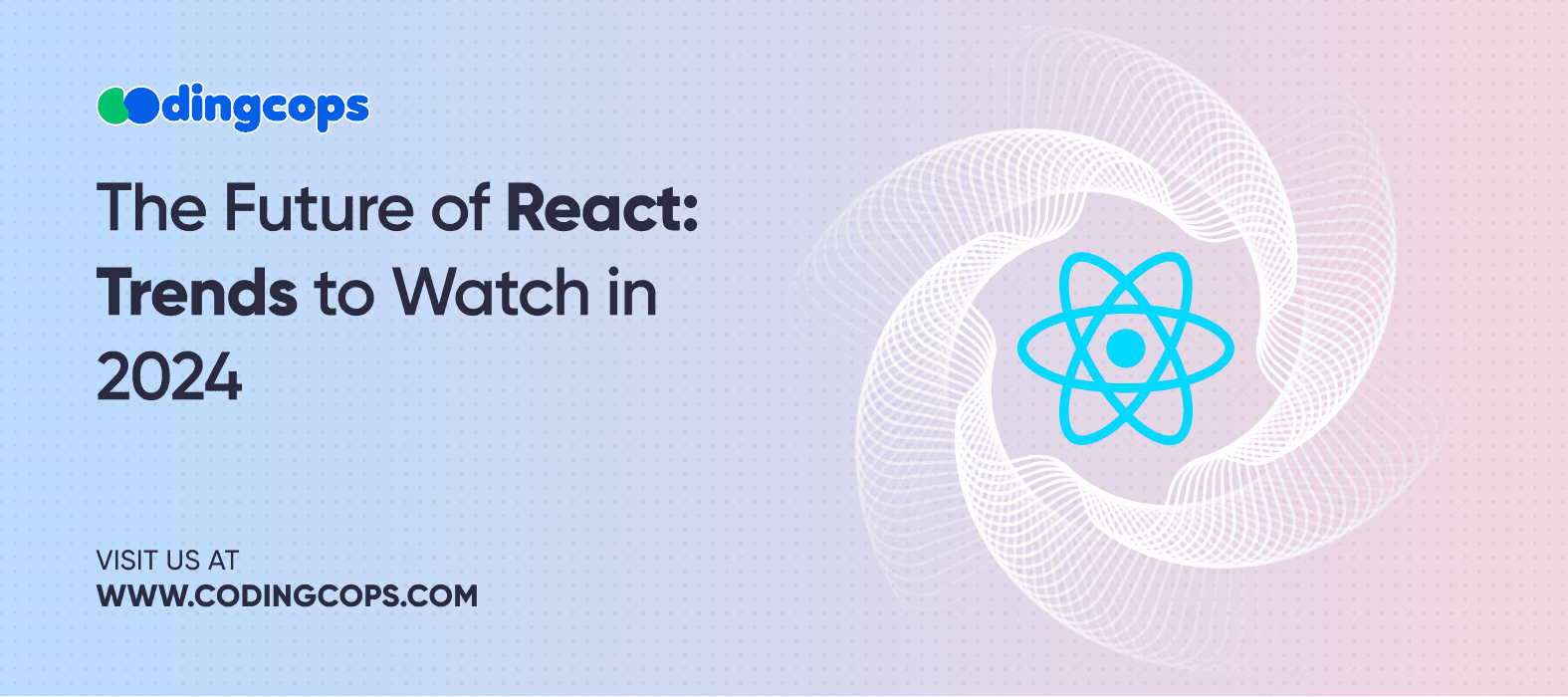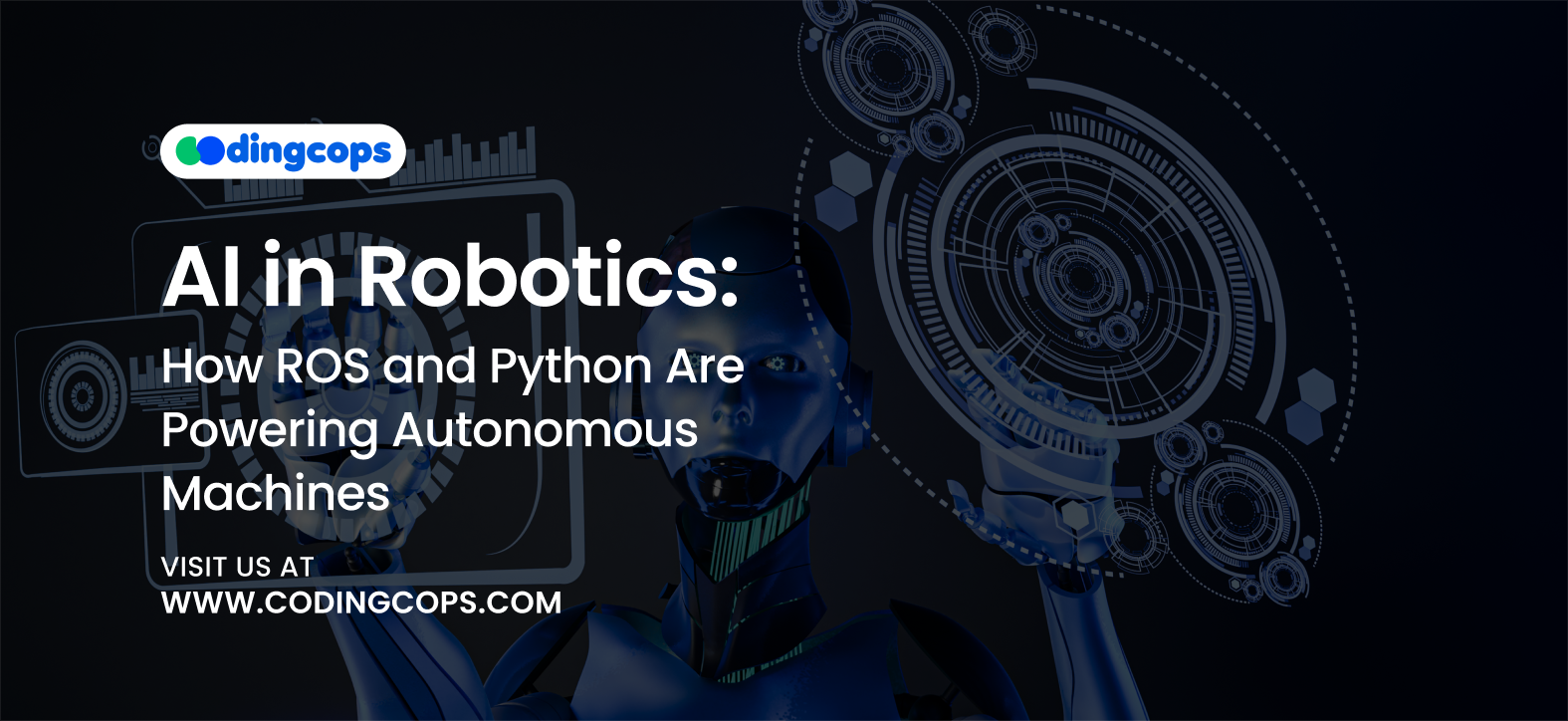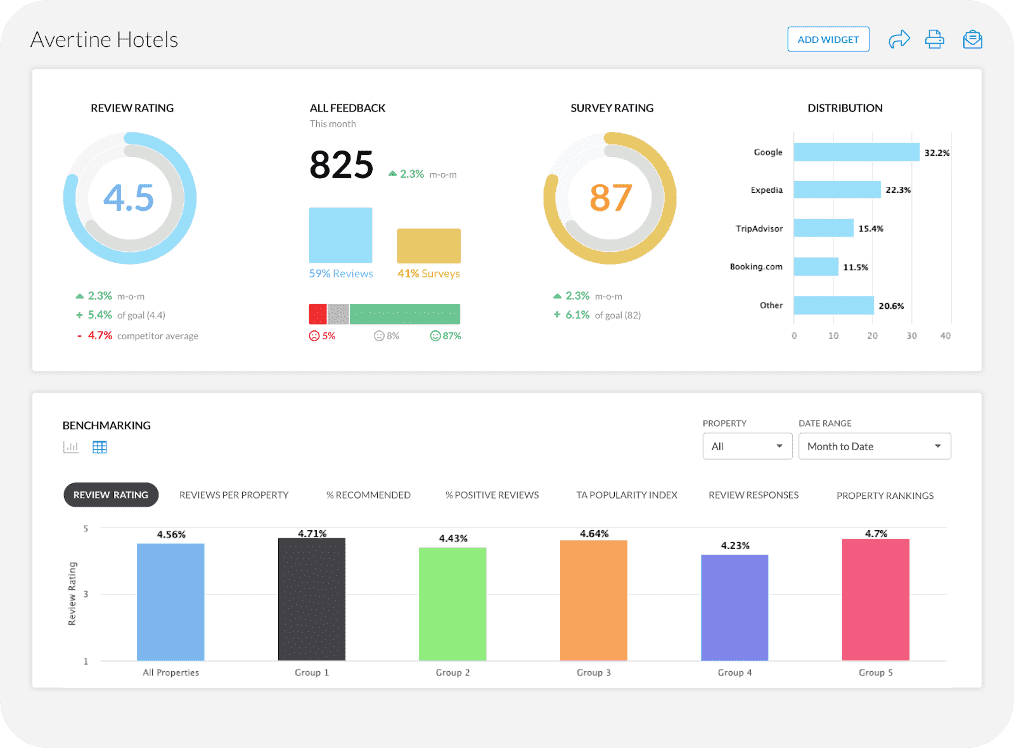According to the Stack Overflow Developer Survey, 57.9% of respondents say they use Python. Moreover, over 45% of enterprises are now using Rust. This is because artificial intelligence has become one of the most innovative technologies, enabling anything from recommendation engines to advanced medical treatments.
Every innovation is fueled by clever algorithms as well as the programming languages that let programmers create and improve these systems. Two languages often compared in this space are Python and Rust.
Python has long been the dominant choice for AI and ML because of its simplicity and extensive ecosystem of libraries. On the other hand, Rust is a younger system level programming language, attracting attention for its speed and concurrency features.
In this guide, we will discuss Rust and Python for AI performance, comparing their strengths and use cases.
Why Python is Important for AI Development?
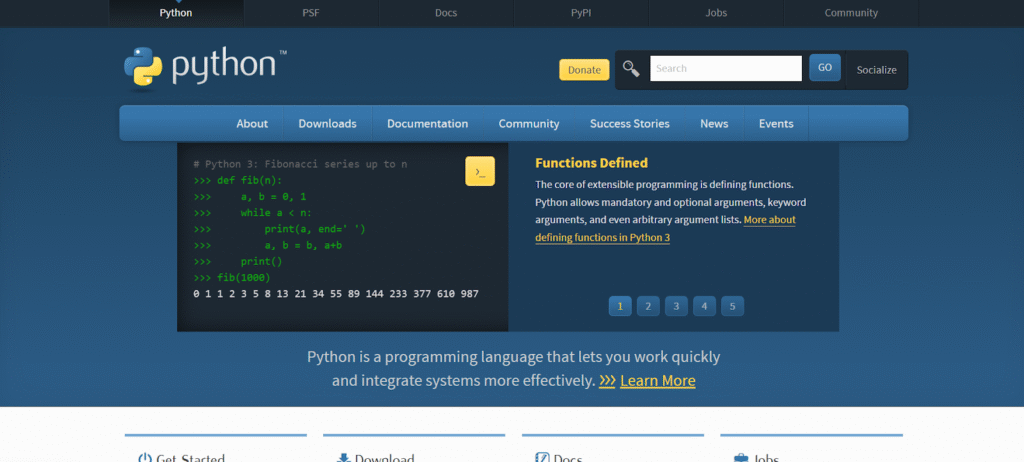
Simplicity and Readability for Faster Prototyping
One of Python’s biggest advantages is its clean and human readable syntax. AI’s capacity to rapidly evaluate modifications and try out several models is another characteristic. Furthermore, Python’s ease of use can free up developers to focus more of their time on solving problems rather than the intricacies of coding. A neural network can be built in Python with a few lines of code thanks to tools like Keras. Code readability is very beneficial in research settings where effectiveness is just as crucial as clarity.
Ecosystem of AI and Data Science Libraries
Python in AI comes from its rich ecosystem of libraries and frameworks. Instead of building algorithms from scratch, developers can rely on prebuilt and highly optimized tools. Some of the most popular include:
- TensorFlow and PyTorch: Neural networks are constructed using these deep learning frameworks.
- Scikit learn: Regression and other traditional machine learning techniques use this standard library.
- NumPy: Essential for numerical computing and data handling.
- Matplotlib: This library is used for visualizing data and AI model results.
Because these libraries frequently include strong C++ implementations at their core, Python users can benefit from excellent performance without sacrificing the ease of use of Python syntax.
Knowledge Sharing
Python’s popularity has created an unparalleled global community of AI developers and enthusiasts. This has three major benefits:
- Open source contributions: Thousands of AI related libraries are actively maintained and improved.
- Educational resources: Tutorials and documentation make learning AI with Python highly accessible.
- Collaboration in research: Most academic papers release AI code in Python, making it easier to reproduce and build upon research results.
This saves time and effort since, in reality, it’s likely that someone has already addressed the problem in Python when a developer encounters it.
Integration with Other Technologies
AI applications rarely exist in isolation. They must establish connections with hardware accelerators such as GPUs, web servers, and APIs. Python performs exceptionally well in this regard due to its smooth integration with other technologies.
- It can call C++ extensions for performance.
- It connects well with big data tools like Hadoop and Spark.
- AI models may be implemented as web services with less overhead thanks to frameworks like Flask.
Python is a comprehensive solution because of its versatility, which allows it to be used for model training and deployment into production systems.
Industry Adoption
Python is the industry standard in AI. Python is used in the AI research and production settings of IT behemoths like Google and Microsoft. Furthermore, the primary language utilized for data science contests on websites such as Kaggle is Python.
Why Rust is Essential in AI and Systems Programming?

Speed
The compiled language Rust is made to perform similarly to C. But Rust builds straight into machine code, unlike Python, which requires an interpreter. Additionally, this enables Rust to provide consistent performance with no overhead.
For AI workloads that demand large scale numerical computations, Rust provides the efficiency needed to maximize CPU and GPU usage. Developers building low latency AI applications, like high frequency trading systems or real time fraud detection engines can benefit immensely from this raw speed.
Memory Safety Without a Garbage Collector
Rust’s ownership concept is one of its most important characteristics. Strict limitations are enforced throughout the building process to avoid issues like data races and dangling pointers. Rust guarantees memory safety without needing runtime overhead, as contrast to languages that depend on a garbage collector.
This is especially important as AI systems usually work with massive datasets and complex data pipelines. Moreover, malfunctions or memory leaks in industrial environments might have disastrous results. Furthermore, because of its promises, Rust is a good choice for AI systems that must operate reliably and consistently.
Concurrency and Parallelism
Concurrency is often a bottleneck in AI programming. Moreover, Python’s Global Interpreter Lock makes true multithreading difficult. This prevents it from making the most of contemporary multi-core CPUs. On the other hand, concurrency was considered when designing Rust.
Its compiler enforces rules that prevent data races, allowing developers to write safe and concurrent code with confidence. This makes Rust an ideal choice for AI applications requiring massive data throughput and distributed processing.
Growing AI Ecosystem
Although Python dominates AI libraries, Rust’s ecosystem is rapidly expanding with promising tools:
- ndarray: A powerful library for numerical operations, similar to NumPy.
- linfa: A machine learning toolkit inspired by Scikit-learn, offering algorithms for clustering and classification.
- tch-rs: PyTorch’s Rust bindings let programmers take advantage of deep learning features.
- rust-numpy: Because of this, developers may easily integrate with Rust. This helps them to benefit from the language’s accessibility.
Although these libraries are still in their infancy compared to Python’s environment, they are developing swiftly. Many Rust developers are contributing to AI focused crates, aiming to close the gap in research tools while pushing ahead in performance driven deployment frameworks.
Reliability in Production Environments
Rust is particularly valued in systems programming, where reliability is paramount. AI models often move beyond research environments into production systems that must be fast and secure. Also, Rust’s design philosophy, fearless concurrency and memory safety, directly addresses these needs. For example:
- Edge AI: Deploying AI models to drones or IoT devices with limited resources benefits from Rust’s efficiency.
- Cloud and High Performance Systems: Rust is increasingly used in large scale backend systems where AI models need to run continuously with minimal downtime.
- Embedded AI: In environments where hardware is resource constrained, Rust’s ability to compile to small and efficient binaries gives it a minor edge.
Performance Comparison Between Rust and Python in AI Workloads
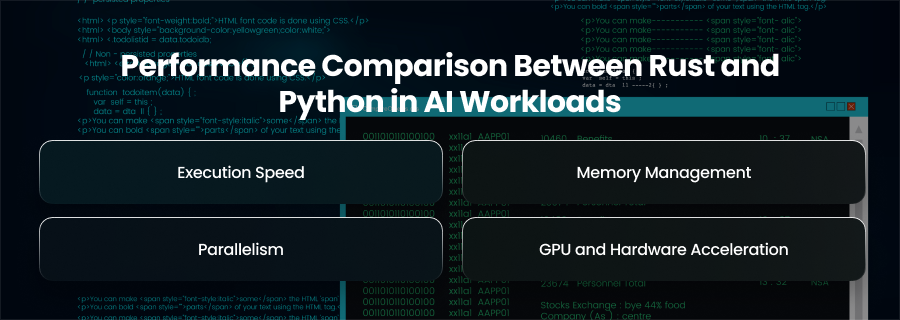
Execution Speed
Python
Python is slower than compiled languages by nature because it is an interpreted language. Runtime execution of each line of code adds overhead. Pure Python code can be tens to hundreds of times slower than optimized Rust code for basic numerical tasks like looping over big datasets.
However, tools like NumPy allow Python to get around this restriction. This delegates difficult calculations to C++ backends. In reality, Python provides developers with a simple syntax while assigning performance critical tasks to native code that is optimized.
Rust
Rust offers performance comparable to C++ and compiles directly into machine code. It also operates with continuously low latency since it does not require an interpreter.
Because Rust doesn’t rely on external backends for performance, it can perform significantly better than Python for AI tasks that call for bespoke implementations.
Memory Management
Python
Python manages memory with garbage collection. This makes development easier, but when the garbage collector stops execution to recover memory, it might cause unanticipated performance spikes. These delays may affect the stability of performance in memory intensive AI activities, including operating deep neural networks.
Rust
Without the need for a garbage collector, Rust’s ownership and borrowing paradigm guarantees memory safety. Additionally, memory is handled deterministically and effectively as all allocations and deallocations are decided at build time.
Parallelism
Python
Only one thread may execute Python bytecode at a time due to the Global Interpreter Lock constraint. Although developers can get past this restriction by using libraries like Dask or multiprocessing. These workarounds increase complexity. This limitation is a serious bottleneck in CPU bound tasks or handling streaming data.
Rust
Rust was designed for safe concurrency. Its compiler enforces strict rules to prevent race conditions, allowing developers to write multi threaded and parallel applications without fear of memory corruption.
For AI workloads that involve heavy computation across multiple cores or distributed systems, Rust can achieve true parallelism. This makes it a better fit for scaling AI applications across modern multi core processors and cloud environments.
GPU and Hardware Acceleration
Python
Python has a massive advantage in GPU support. Libraries like PyTorch, which are specifically designed to leverage GPUs, make it simple for Python developers to use hardware acceleration. Despite Python’s intrinsic slowness, these modules handle GPU computations in effective CUDA kernels.
Rust
Rust is still maturing in the GPU space. While projects like wgpu and cust exist, they are not as mature or widely adopted as Python’s GPU ecosystem. However, Rust’s efficiency makes it an excellent choice for building low level GPU kernels and custom hardware drivers.
When to Choose Rust vs Python for AI?
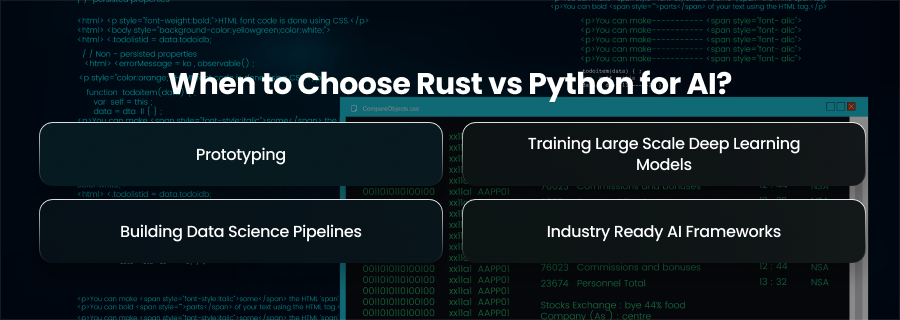
Use Cases for Python in AI
Prototyping
When researchers are experimenting with new AI models or algorithms, the ability to test ideas quickly is more important than performance. Also, Python’s simple syntax and extensive frameworks such as PyTorch and TensorFlow allow teams to build prototypes within days. For example, a research group working on protein folding simulations can experiment with different neural architectures efficiently, without writing low level optimization.
Training Large Scale Deep Learning Models
Python is the default choice for training deep learning models at scale because most GPU accelerated frameworks are designed with Python interfaces. Also, frameworks like TensorFlow seamlessly handle GPU clusters and distributed training setups. For instance, a startup building a large language model for chatbot applications will find Python indispensable due to its access to GPU optimizations.
Building Data Science Pipelines
Data preprocessing and data feature engineering are crucial steps in AI projects, and Python provides mature tools for each. Libraries like Matplotlib allow developers to clean data and visualize results all within the same same environment. A healthcare company, for example, can utilize Python to manage patient datasets and present predictive outcomes effectively.
Industry Ready AI Frameworks
Python has established itself as the language of choice for industry-standard frameworks. Whether it’s Hugging Face Transformers for NLP or Keras for deep learning, Python offers pre trained models and well documented APIs. An NLP team building a multilingual chatbot can easily integrate pre trained models.
Use Cases for Rust in AI
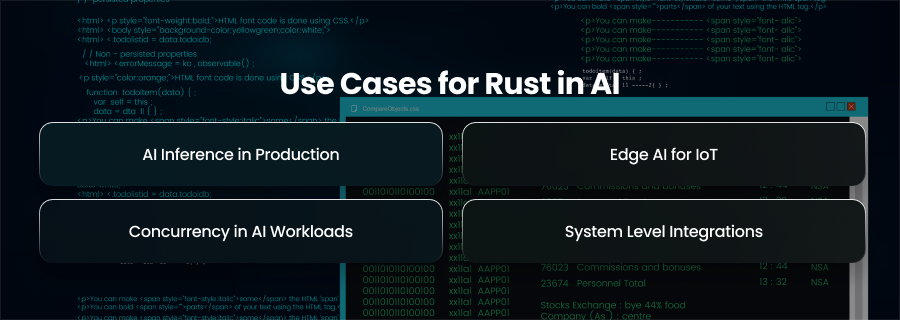
AI Inference in Production
Latency and inference speed are critical factors in production settings. Additionally, Rust is a fantastic fit for many situations because to its predictable, low latency performance. React, for example, may be used by a banking startup to run an AI-driven fraud detection system that handles millions of transactions every second without experiencing delays in garbage collection.
Edge AI for IoT
Lightweight binaries are essential for incorporating AI into Internet of Things devices. Furthermore, Rust is perfect for these kinds of applications because of its memory safety. For instance, a company that produces smart home appliances may use Rust to integrate AI speech recognition. This guarantees that even with inadequate hardware, the system will function.
Concurrency in AI Workloads
Rust’s ownership model guarantees memory safety in concurrent systems, which is especially useful for multi-threaded AI applicatins. Also, Rust can fully utilize modern mult core processors without workarounds. A recommendation engine serving millions of users simultaneously can use Rust to parallelize requests efficiently, delivering results with minimal latency.
System Level Integrations
For developers building AI frameworks or system level integrations, Rust is a natural choice. Its ability to manage memory and hardware interactions safely allows developers to build optimized AI engines from the ground up. For instance, a company designing custom GPU accelerators can choose Rust to implement high performance drivers and AI kernels.
Final Words
Python remains the best choice for quick prototyping and utilizing mature AI libraries. While Rust excels in performance critical and resource-constrained environments. Both languages complement complement each other, with Python driving innovation and Rust ensuring efficient deployment.


